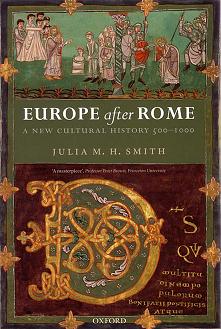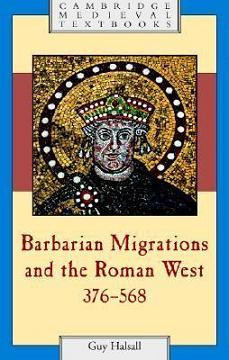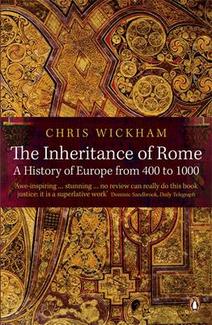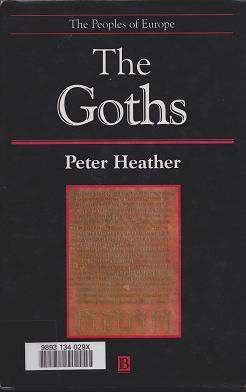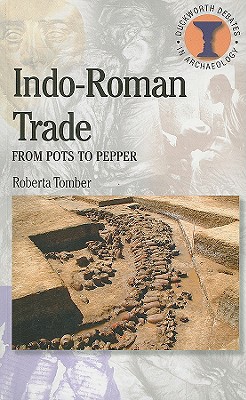
Indo-Roman Trade
Roberta Tomber
216 pages including index
published in 2008
Indo-Roman Trade: From Pots to Pepper is less a history book than an overview of the state of archaeological evidence for trade between the Roman Empire and the Indian subcontinent. It’s short and very much a synopsis; I think for serious students of this subject much of the value lies in the extensive bibliography at the back. For me, it’s one of those books you take a punt on at the local library, which also leaves you wondering why it’s there, lost amongst a sea of pop history books.
I didn’t know much about Indo-Roman trade going into this book, other than vaguely knowing that the Roman Empire was aware to some extent of India as a country, if only through Alexander the Great’s campaigns there. What Roberta Tromper maked clear to me was how extensive the trade was, in both directions, with pepper from India becoming somewhat of a staple in the kitchens of well to do Romans, while Roman wine travelled the other way. It’s not just India Roman traders went to: they all along the Indian Ocean, from Ethiopia and Somalia to Sri Lanka and Arabia. This trade between at least the first century BCE and seventh century CE, though the Romans were of course not the first westerners to reach the Indian Ocean.
Roberta Tomber starts the book with a short history of Indo-Roman trade as well as the discovery of archaeological evidence for it. She opens the chapter with a quote from its first discoverer, the British colonial historian Mortimer Wheeler, who found Roman red pot shards “of the sort that any student of things classical could readily recognize” in a dusty display case in Pondicherry in southern India. Once she has given a short overview, she moves on to the textual evidence in both Roman and various historical Indian texts. These do not just included surviving books like the Periplus Maris Erythraei, a travel guide to the Red Sea and Indian Ocean, but also references in texts like Pliny the Elder’s Natural History and more mundane documents like merchants’ inventories and such. Finally, there is also graffiti, as the Tamil inscription found on a Roman pottery fragment at an Egyptian archaeological site, dramatic proof that some Indian goods moved to the Roman Empire.
From there on she moves on to the archaeological evidence itself, ranging from pottery, coins, tp traces of ancient spices like pepper. This combined evidence is then used in the next two chapters to sketch out the evolution of the Roman Red Sea, where the main ports for trade with India were located and what was going on beyond the Roman world — there are even some tantalising hints that Roman trade might have reached beyond the Indian Ocean into Indonesia and beyond. The final chapter looks to how this trade changed over the centuries.
I read this book in an afternoon, while babysitting my nephew together with my father. Sometimes it did take effort not to start dozing, but that was more due to the comfortableness of the couch I was laying on than any shortcomings of the book itself. This is the sort of book that looks dry, but isn’t; I enjoyed it quite a lot.
